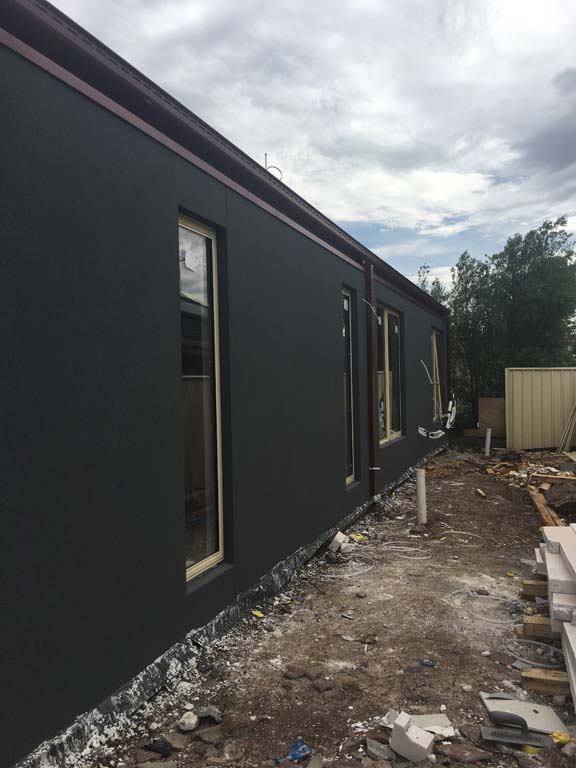Fire-Resistant Cladding That Works: Top-Rated Options for Safer Builds in 2025
29 July 2025
As fire risks grow across Australia’s residential and commercial construction sectors, the need for advanced safety solutions is more urgent than ever. Fire-resistant cladding has become a critical defence, offering far more than aesthetics by helping prevent the spread of fire in urban and bushfire-prone areas. In 2025, choosing compliant, high-performance cladding is essential for safer, longer-lasting builds.
Why Fire-Resistant Cladding Is Crucial in 2025
As bushfires and urban fire risks intensify across Australia, fire safety in construction is no longer negotiable—it’s mandatory. Cladding now serves as a critical first line of defence, especially for high-rise, high-density, and bushfire-prone buildings.
In 2025, tighter regulations and stricter enforcement of fire compliance standards have pushed builders and developers to rethink their material choices. Government mandates and insurance prerequisites require documented use of fire-resistant products with proven performance and certification.
• Key Benefit: Investing in fire-resistant cladding not only ensures legal compliance but also enhances occupant safety, reduces insurance risk, and strengthens a building’s long-term value.
What Makes a Cladding System Fire-Resistant?
Fire-resistant cladding systems are engineered to:
• Resist ignition and flame spread
• Maintain structural integrity at high temperatures
• Emit minimal smoke and toxic gases
• Comply with AS 1530.1, AS 5113, and other relevant fire propagation tests
Materials with non-combustible cores, fire-retardant resins, or naturally fireproof elements like masonry and ceramics are now preferred across most applications—from residential façades to commercial high-rises.
Top 5 Fire-Resistant Cladding Options for 2025
As industry innovation continues to advance, a wide variety of cladding materials have emerged to meet Australia’s rigorous fire safety benchmarks. Below are the top five fire-resistant cladding options that combine durability, performance, and aesthetics for modern builds.
1. Fibre Cement Cladding – Fibre cement cladding is a well-established solution that offers excellent fire-resistant properties due to its composition of cement, sand, and cellulose fibres. Non-combustible and fire-rated, this versatile, pest-resistant option is ideal for all builds.
2. Metal Cladding (Aluminium Composite Panels with Fire-Rated Core) – Aluminium Composite Panels (ACPs) have undergone significant innovation in recent years. ACPs with mineral-filled fire-rated cores offer strong fire resistance and sleek installation for modern façades—ensure they’re CodeMark-certified for compliance.
3. Brick and Masonry Veneer – As naturally non-combustible materials, brick and masonry are time-tested cladding solutions offering outstanding fire resistance. They withstand extreme heat, offer a classic Australian look, and enhance energy efficiency with strong thermal insulation.
4. High-Pressure Laminate (HPL) with Fire Retardant Core – Fire-rated HPL panels are popular in commercial builds for their performance and design flexibility. Advanced HPL formulations now meet strict fire standards, but always verify compliance with AS/NZS 3837 and AS 5637.1.
5. Ceramic and Porcelain Cladding – Ceramic and porcelain tiles offer natural fire-resistance and do not emit toxic gases when exposed to heat. Durable and stylish, they’re perfect for premium, large-format façades.
BuildCor: Your Trusted Partner for Fire-Resistant Cladding Solutions
At BuildCor, we provide certified fire-resistant cladding that meets safety standards while delivering on design and performance. Trusted across Australia, our range suits everything from high-rises to bushfire-compliant homes. Count on our expert team for quality materials and reliable support—because safety starts from the outside in.
Related blog articles:
Architectural Cladding: Durable Exterior Options for Contemporary Homes
EPS Polystyrene Cladding Systems: Energy-Efficient & Lightweight Wall Solutions

